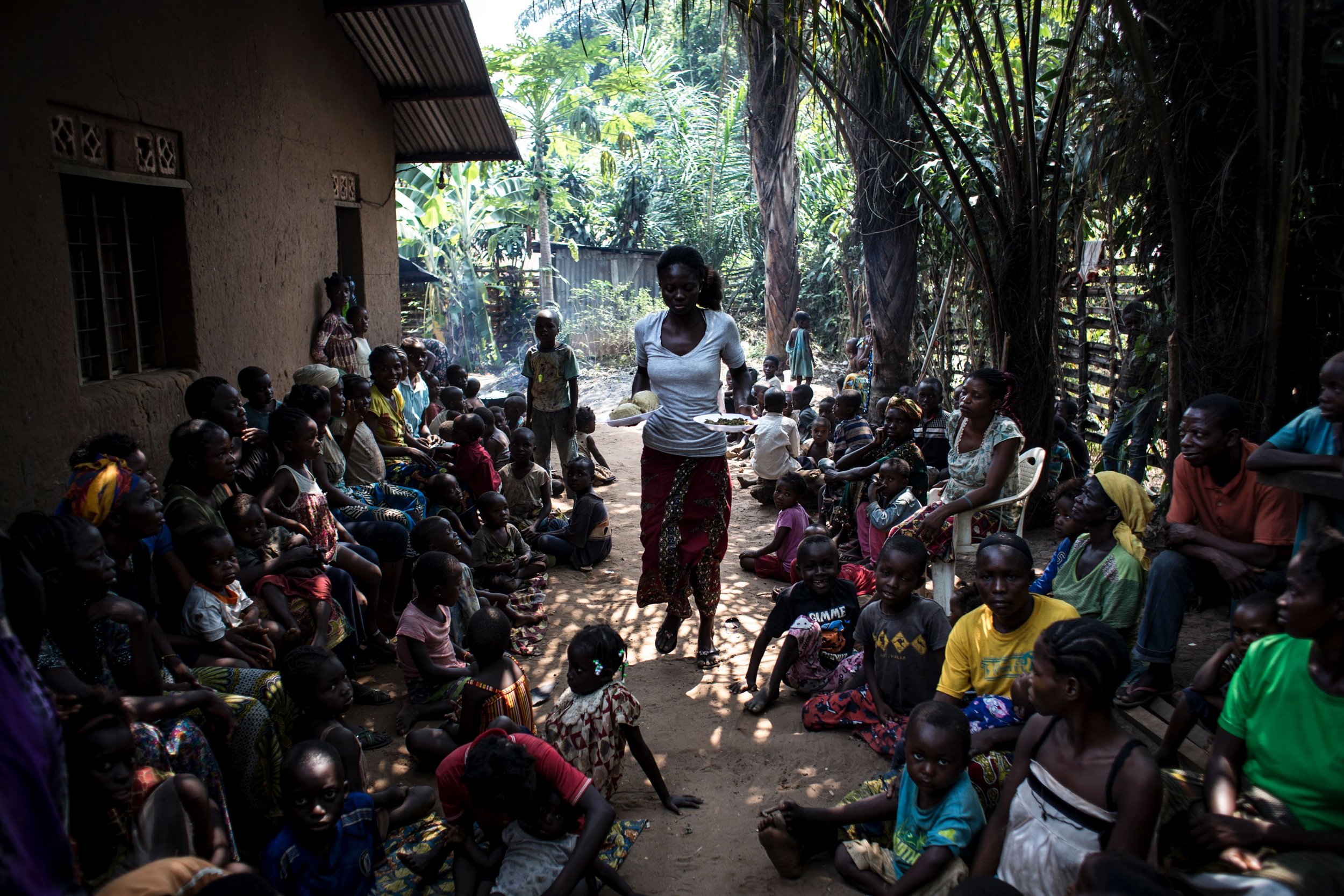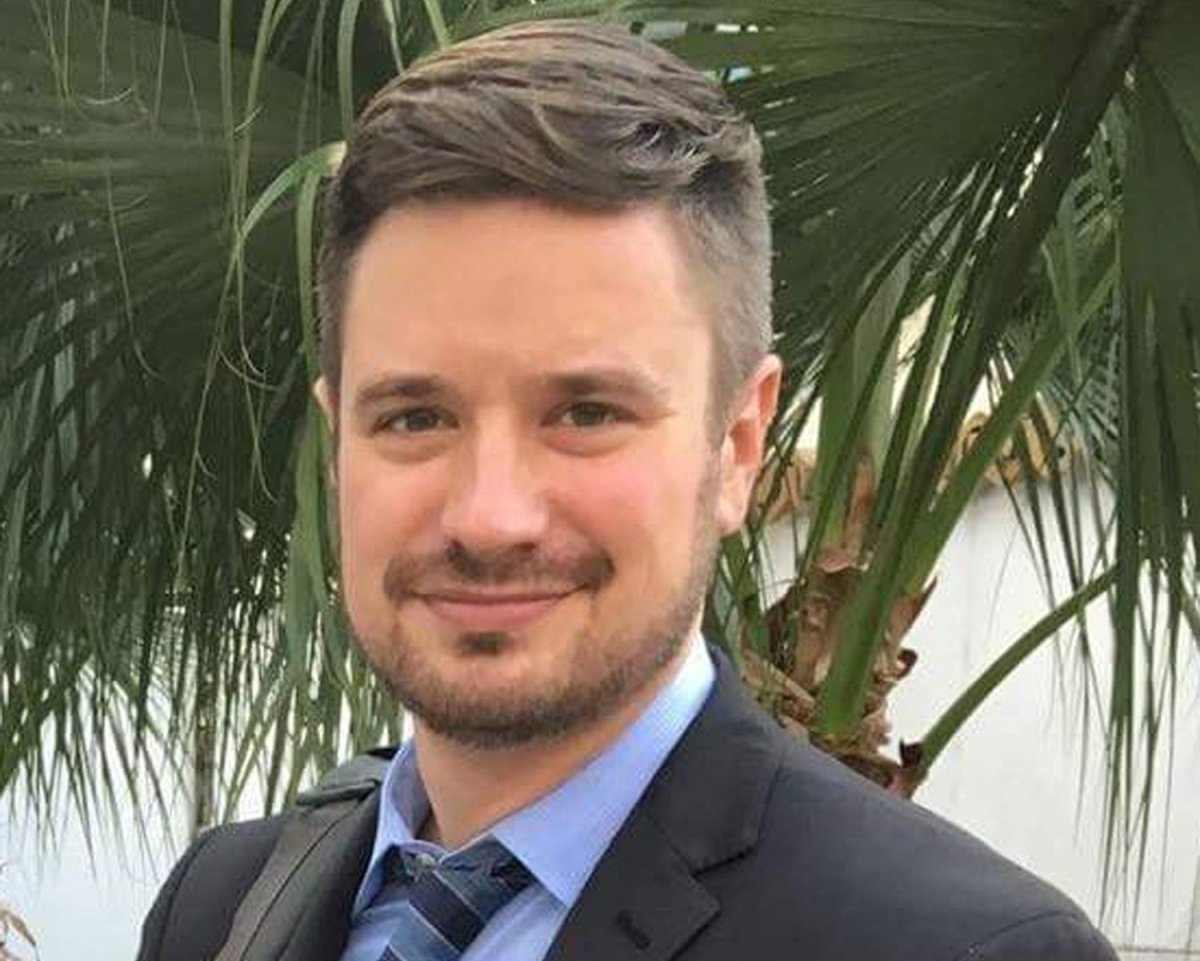
More than a million people displaced in less than a year, thousands killed and dumped in mass graves. But no one seems to care about the displacement crisis in the Democratic Republic of Congo.
"A woefully inadequate number of aid agencies" are on the ground and a "pitiful amount of money" has been pledged to deal with the humanitarian impact of a deadly conflict in Congo's Kasai region, according to Ulrika Blom, the Congo country director at the Norwegian Refugee Council. Of an emergency $65 million appeal announced by the U.N.'s humanitarian office in April, only 8 percent of funds—$5.2 million—have been provided, though a total of 53 percent has been pledged.
In March, two U.N. experts, one American and one Swedish, were abducted and killed in Congo. The incident, which was perhaps the only reason the crisis received international attention, led Washington's U.N. envoy Nikki Haley to call for an independent inquiry and greater scrutiny of the situation in one of central Africa's most unstable regions.
How did it start?
The crisis began in earnest in mid-2016. A tribal chieftain, known as Kamwina Nsapu, called for an insurgency in the Kasai region after the Congolese government refused to recognize his authority in his province. Nsapu demanded that his followers expel all Congolese security forces from the region. After months of tensions, security forces killed Kamwina Nsapu in an August 2016 raid; his followers pledged to avenge his death and stepped up their attacks on government institutions.
Where is the crisis?
The crisis is centered in the Kasai Central province, one of the poorest areas of Congo, which is itself ranked 176 out of 188 countries in terms of human development by the U.N. Kasai Central is also an opposition stronghold in Congo; the longtime leader of the main opposition party, Etienne Tshisekedi—who died in February —was born in Kananga, the provincial capital. The impact of the crisis has also spread to four surrounding provinces of Kasai; Kasai Oriental; Lomami; and Sankuru.
How many people have been displaced? Where to?
More than 1.3 million people have been displaced by the violence, according to the Norwegian Refugee Council report. In May, some 8,000 people per day were forced to leave their homes. More than half the refugees remain in the Kasai Central province; many of them are children who have been recruited into armed groups. But 30,000 Congolese have also fled into Angola in the past two months. The U.N. expects that figure to rise to 50,000 people by the end of the year. Besides the displacement, the Council also found that more than one in 10 schools in Kasai Central had been closed due to the fighting.
The conflict is also growing increasingly bloody. The Catholic Church in Congo, one of the few national institutions which is viewed favorably by the Congolese people, said Tuesday that at least 3,383 people had been killed so far in the conflict. That figure is a huge escalation on previous U.N. estimates, which have put the death toll at around 400. The church said that government security forces had wiped out 10 villages, while Kamwina Nsapu militia fighters had destroyed four settlements.
What happened to the U.N. experts?
Michael Sharp, an American, and Zaida Catalan of Sweden went missing on March 12 in a remote village in Kasai Central. The pair were investigating alleged abuses committed by both sides in the conflict. More than two weeks later, their bodies were found in a shallow grave outside Kananga.

The Congolese government blamed their deaths on the militia and produced video evidence that purported to show their killings by followers of the Kamwina Nsapu. But Haley, the U.S. ambassador to the U.N., has called for an independent inquiry by the U.N. after growing criticism of the Congolese government's inquiry. Congo has opposed an international inquiry.
What happens next?
The Norwegian Refugee Council and the U.N. are calling for a greater response from the international community. "Access to communities in need in Kasai Central is improving, so we should be using this window to scale up and respond. But without the necessary funding, our hands are tied," said Blom.
But any resolution to the conflict is complicated by a political crisis in Congo that is also threatening to erupt. President Joseph Kabila, in power since 2001, refused to step down as scheduled in 2016 as the country failed to hold elections. The government and the main opposition coalition struck a deal to organize elections by the end of 2017, but that looks increasingly unlikely. For Congo, which has never had a peaceful transfer of power and played host to Africa's bloodiest conflict, the instability may be set to continue.
Uncommon Knowledge
Newsweek is committed to challenging conventional wisdom and finding connections in the search for common ground.
Newsweek is committed to challenging conventional wisdom and finding connections in the search for common ground.
About the writer
Conor is a staff writer for Newsweek covering Africa, with a focus on Nigeria, security and conflict.
To read how Newsweek uses AI as a newsroom tool, Click here.








